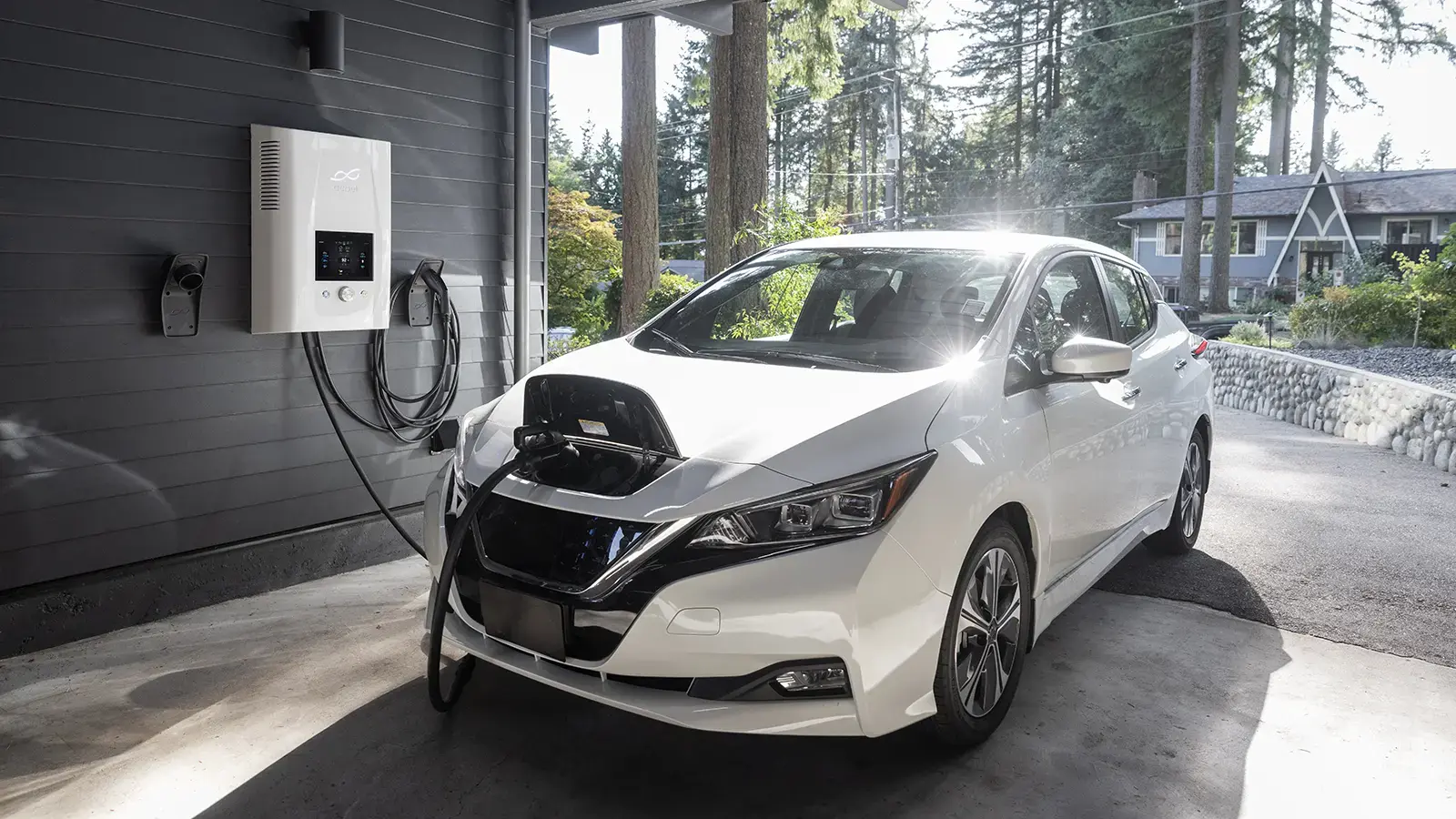Tips to Maximize Efficiency, Comfort, and Everyday Convenience
You’ve made the leap to an electric vehicle (EV), and now it’s time to get the most out of your investment. EVs offer a different kind of driving experience with a range of unique benefits. These include instant torque, quiet rides, and the ability to charge at home.
This guide shares practical ways to optimize your EV ownership. Whether you're looking to stretch your range, save money, or simplify daily driving, these tips will help.
1. Charge Smart at Home
Charging at home is one of the most convenient and cost-effective aspects of owning an EV.
Here’s how to get the most out of it:
- Install a Level 2 charger. A 240-volt outlet significantly reduces charging time compared to a standard wall plug.
- Use off-peak electricity rates. Many utilities offer lower rates at night. Schedule your charging sessions during these hours using your EV’s timer or app.
- Stay connected with charging alerts. Most EV apps notify you when charging is interrupted or completed, helping you manage energy use easily.
With smart home charging, you can begin every day with a full battery and avoid most trips to public charging stations.
2. Keep Your Battery in Good Health
Your EV battery is designed to last for many years. However, your habits can make a meaningful difference in preserving battery performance.
Good practices include:
- Avoid daily charging up to 100 percent. Set your charge limit to 80 or 90 percent for routine use unless you're preparing for a long trip.
- Try not to let the battery drop below 10 percent.
- Precondition the cabin while plugged in. Use your EV’s climate controls while connected to power. This reduces energy demand while driving.
3. Drive With Efficiency in Mind
EVs are known for their quick acceleration, but smooth driving can make a big difference in range efficiency.
Tips for better range:
- Use Eco Mode. Most EVs offer a setting that reduces power output and adjusts systems for energy savings.
- Accelerate gently and coast whenever possible.
- Take advantage of regenerative braking. This feature recaptures energy during deceleration and helps extend vehicle range.
- Maintain moderate highway speeds. Lower speeds improve efficiency over longer distances.
4. Plan for Public Charging
While public charging has improved, a little planning can save time and reduce stress.
Make sure to:
- Understand your connector type. Whether your EV uses CCS, NACS, or CHAdeMO, know what works with your vehicle.
- Use apps like PlugShare, Chargeway, or A Better Route Planner. These tools show available stations, charger types, and real-time status updates.
- Choose fast charging for long trips. Level 3 DC fast chargers can restore 60 to 80 percent of your battery in 20 to 40 minutes, depending on your vehicle.

5. Use Your Vehicle’s Technology Features
Most EVs are packed with advanced tech features that enhance daily use. Learning how to use them can make ownership more enjoyable.
Examples include:
- Monitor energy usage. Your vehicle likely provides insights into how speed, temperature, and terrain affect your battery.
- Use preconditioning. You can warm or cool the cabin before driving while the car is still plugged in, which helps preserve the range.
- Keep software up to date. Over-the-air updates often improve charging, navigation, and driving functions.
6. Minimize Weight and Drag
How you pack and accessorize your vehicle affects range and ride quality.
Here’s how to improve efficiency:
- Remove roof racks or cargo boxes when not in use. These create drag and can reduce range by 10 to 15 percent or more.
- Avoid carrying unnecessary weight.
- Keep your tires properly inflated. Check tire pressure regularly and rotate your tires according to the manufacturer’s schedule.
7. Don’t Skip Routine Maintenance
While EVs require less maintenance than gas-powered vehicles, basic care still matters.
Be sure to:
- Rotate the tires on schedule.
- Check and replace the cabin air filter.
- Inspect the brakes periodically. Thanks to regenerative braking, brake pads often last much longer than on conventional cars.
- Review your owner’s manual for software update instructions and system checks.
Final Thoughts
Owning an electric vehicle offers a new kind of freedom. With a few smart habits, you can extend your range, protect your battery, and enjoy a more connected driving experience. These tips will help you drive more efficiently, charge more conveniently, and get the best value from your EV every day.
Charge Up Your Knowledge
Discover how to choose your first electric car with confidence:
← Go Back: EV Ownership Costs and Maintenance
Discover Next: Shopping for Your First EV →












